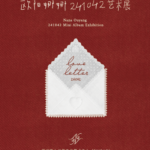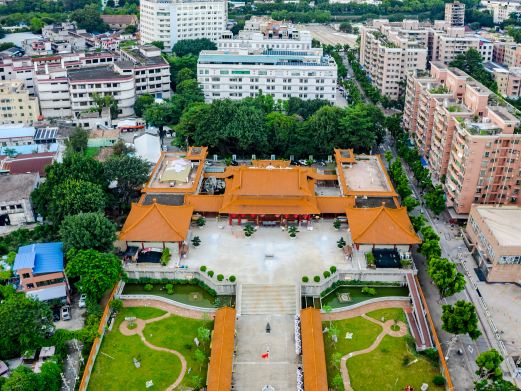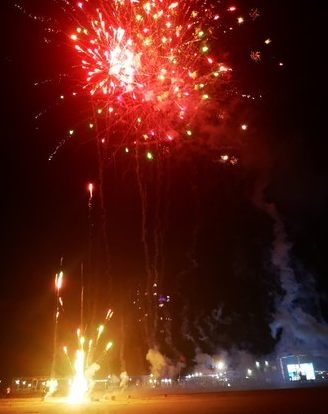A poignant chapter of history, an unforgettable memory, a swan song by the Qinhuai River. Thirteen women, enveloped in the fragrance of the Qinhuai River’s rouge, perform a legend that stirs the soul. The dance drama ‘The Thirteen Women of Nanjing’ is set against the backdrop of the 1937 Japanese invasion of Nanjing, profoundly depicting the deeply moving story between a group of female students and Qinhuai River songstresses during those dark times.
Not only does the dance drama recreate the heroic act of the Qinhuai songstresses stepping forward in times of crisis, taking the place of young female students at the Japanese ‘victory banquet’ and marching towards a tragic death, it also deeply reveals the devastation and trial of war on human nature, as well as the unyielding spirit of the Chinese nation in adversity. The production boasts a strong cast and exquisite production, led by renowned director Lang Kun as the chief director, with the script written by famous playwright Feng Shuangbai, music composed by famous composer Fang Ming, stage design by famous stage designer Shang Tianbao, and directed by renowned choreographers Wei Siji and Zhang Yuan. The performance features leading roles by outstanding young dancers and nearly a hundred actors from the Yangzhou Song and Dance Troupe. As a masterpiece that gathers the efforts of top domestic editing, directing, and acting teams, the dance drama ‘The Thirteen Women of Nanjing’ incorporates many modern considerations during its creation process, making the entire work full of a sense of the times and artistic appeal while respecting history. This is the first time that chief director Lang Kun has used innovative dance language and stage art to vividly interpret historical details, showcasing the spirit of ‘The Thirteen Women of Nanjing’ resisting swords with hairpins. Each character in the dance drama has a three-dimensional and distinct image. The production team uses silent dance movements to outline the characters of ‘The Thirteen Women’: the composure of Yumo, the brightness of Hongling, the greenness of Doukou… allowing those women forgotten in the long river of history to reappear before you. Under the brutal war environment, the beauty of women and the light of humanity are vividly displayed. Thirteen women, enveloped in the fragrance of the Qinhuai River’s rouge, perform a legend that stirs the soul! In terms of stage design, the play has also put in a great deal of effort. The core element of the set, ‘city bricks,’ not only symbolizes the heavy history of the ancient city of Nanjing but also implies the destruction and reconstruction of the homeland. As the plot progresses, scenes such as the collapse of the city walls and the lament of the people will be presented on stage, providing the audience with a great visual shock. In addition, the dance drama will cleverly use modern sound, light, and electrical means, creating a dreamlike yet real stage effect through high-tech methods such as flying matrix and scene traversal, making the audience feel as if they are in that turbulent era.The theme song of the dance drama ‘The Flowers of War’, ‘Night of Qinhuai with the Sound of Oars and Lights’, is also a highlight. This song, composed by famous musician Fang Ming, with lyrics by Cheng Jian and Yuan Zifu, and sung by famous singers Tang Fei and Ren Junyang, not only has a beautiful and moving melody, but also contains profound feelings of family, country and national righteousness.
Full text opening time: Tuesday-Wednesday, 12/10 – 12/11. The performance time and duration are subject to the site.








